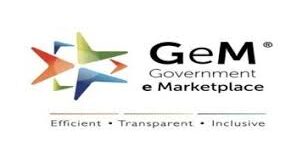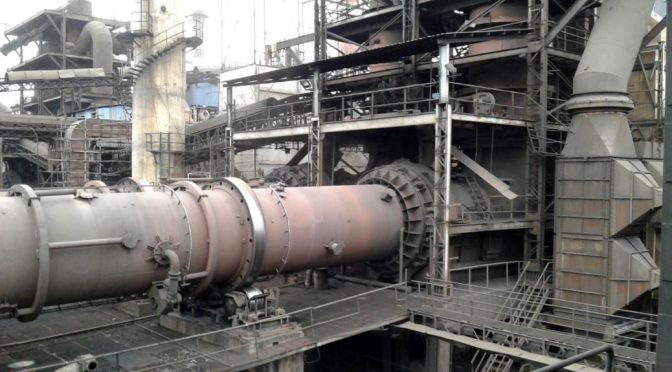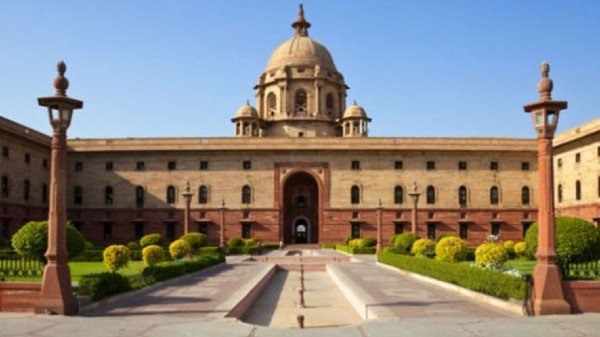As part of the NEMMP 2020, Department of Heavy Industry formulated a Scheme viz. Faster Adoption and Manufacturing of (Hybrid &) Electric Vehicles in India (FAME India) Scheme in the year 2015 to promote manufacturing of electric and hybrid vehicle technology and to ensure sustainable growth of the same.
The Phase-I of this Scheme was initially launched for a period of 2 years, commencing from 1st April 2015, which was subsequently extended from time to time and the last extension was allowed up to 31st March 2019. The 1st Phase of FAME India Scheme was implemented through four focus areas namely (i) Demand Creation, (ii) Technology Platform, (iii) Pilot Project and (iv) Charging Infrastructure. Market creation through demand incentives was aimed at incentivizing all vehicle segments i.e. 2-Wheelers, 3-Wheelers Auto, Passenger 4-Wheeler vehicles, Light Commercial Vehicles and Buses.
The demand incentive was available to buyers of electric & hybrid vehicle (xEV) in the form of an upfront reduced purchase price to enable wider adoption. Also, grants were sanctioned for specific projects under Pilot Projects, R&D/Technology Development and Public Charging Infrastructure components under the scheme. In the 1st phase of scheme, about 2.78 lakh xEVs were supported with a total demand incentives of Rs. 343 Crore [Approx]. In addition, 465 buses were sanctioned to various cities/states under this scheme.
Under the NEMMP 2020, there is an ambitious target to achieve 6-7 million sales of hybrid and electric vehicles by the year 2020. Based on the experience gained in the Phase-I of FAME India Scheme, it has been observed that sufficient number of charging infrastructure is required to achieve expected outcome of the plan, which is being addressed presently in Phase-II of FAME Scheme.
Department of Heavy Industry notified Phase-II of the Scheme, vide S.O. 1300(E) dated 8th March 2019, with the approval of Cabinet with an outlay of Rs. 10,000 Crore for a period of 3 years commencing from 1st April 2019. The main objective of the scheme is to encourage faster adoption of electric and hybrid vehicle by way of offering upfront incentive on purchase of electric vehicles and also by establishing the necessary charging infrastructure for electric vehicles. Details of the scheme is available in Department’s website (www.dhi.nic.in).
Various initiatives have been taken by the Government to promote electric mobility in the country. Some of them are summarized hereunder:
(i) Under new GST regime, the rates of GST on Electric Vehicles has been kept in the lower bracket of 12% (with no Cess) as against the 28% GST rate with Cess up to 22% for conventional vehicles.
(ii) Ministry of Power has allowed sale of electricity as ‘service’ for charging of electric vehicles. This would provide a huge incentive to attract investments into charging infrastructure.
(iii) Ministry of Road Transport Highways issued notification regarding exemption of permit in case of battery operated vehicles.
(iv) Issue of Expression of Interest (EoI) for deployment of 5000 electric buses by State Transport Departments/Undertakings etc.
This information was given by the Minister of Heavy Industries & Public Enterprises, Arvind Ganpat Sawant, in a written reply in the Rajya Sabha
 Indian Industry Plus A Pratisrutiplus Suppliment
Indian Industry Plus A Pratisrutiplus Suppliment


















